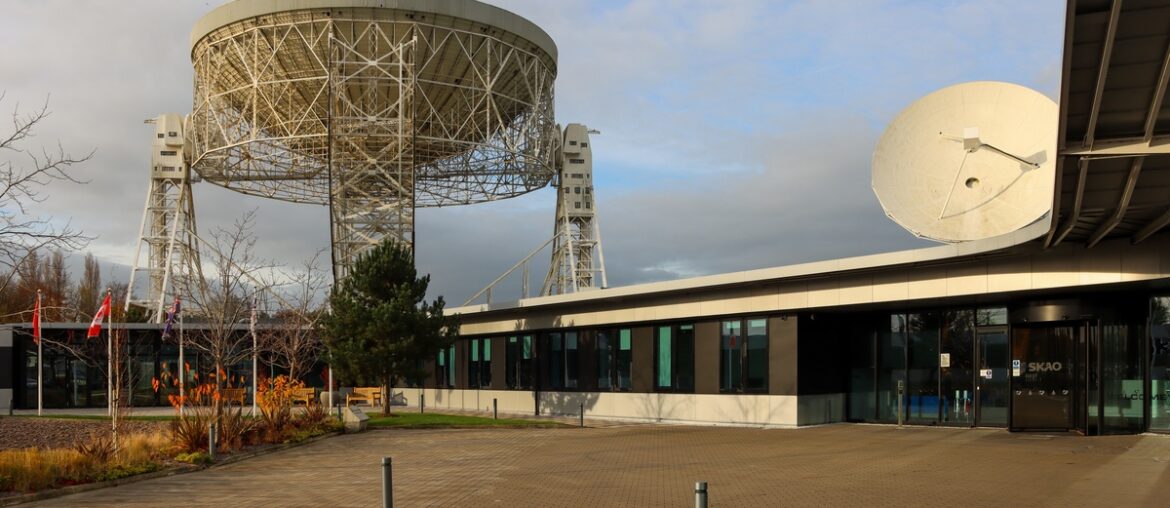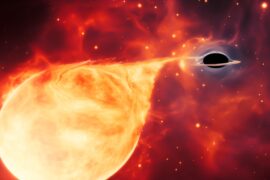Hipparchus made the first serious attempt to map the heavens two millennia ago, but it wasn’t until 1838 that Friedrich Bessel produced the first successful stellar parallax for 61 Cygni, proving we could measure real distances to the stars. Fast-forward to the space age: Gaia was launched in 2013 and its third major data release catalogs roughly 1.8 billion sources, a shift that transformed what distances we can measure and how precisely we can do it.
Why care? Accurate distances underpin nearly everything in stellar astrophysics: they turn apparent brightness into luminosity, they set sizes for exoplanets, and they provide rungs on the cosmic distance ladder used to map the universe. The techniques astronomers use fall into three practical groups—direct geometric methods, photometric or standard-candle approaches, and high-precision specialized techniques—and each plays a distinct role in modern research.
Below I list and explain the ten most accurate, widely used ways scientists figure out how to measure star distances, when each method works best, and why each matters for understanding stars, planets, and galaxies.
Direct geometric methods
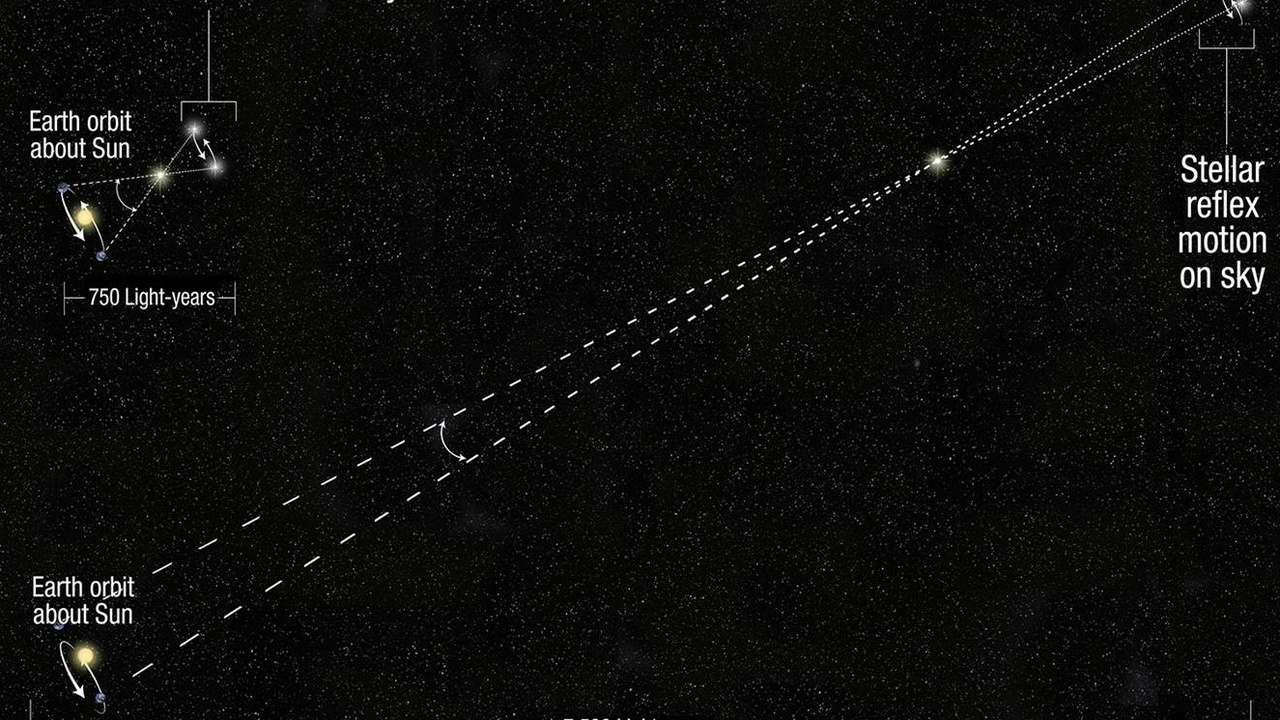
Geometric techniques are the most model-independent ways to get distance: they use angles, baselines, and simple geometry rather than assuming an object’s intrinsic brightness. That independence makes them foundational—parallax anchors the entire distance ladder, and geometric distances from masers or expanding shells provide powerful cross-checks.
Their strengths are clear: few astrophysical assumptions, direct conversion from measured angles to physical separations, and excellent precision for nearby objects. The downside is reach—faint, distant stars become too small in angle to measure reliably, and ground-based baselines are limited by the atmosphere. Space telescopes and long-baseline interferometry push those limits far outward.
What follows are four geometric methods commonly used today, with typical distance ranges and real-world examples.
1. Trigonometric parallax (classical parallax)
Trigonometric parallax measures the apparent shift of a nearby star against distant background stars as Earth orbits the Sun. The parallax angle p (in arcseconds) converts directly to distance: d (parsecs) = 1/p.
Historically this began with Bessel’s 1838 measurement of 61 Cygni. Quantitatively, a star with parallax 0.1″ sits at 10 pc (about 32.6 light-years); a parallax of 0.05″ gives 20 pc (~65 ly). Parallax is the bedrock for calibrating other methods and for mapping the solar neighborhood.
Ground-based parallax is limited by atmospheric turbulence to roughly milliarcsecond precision, so it’s only percent-accurate for relatively nearby stars—typically out to a few hundred parsecs from good observatories.
2. Space-based parallax (Hipparcos and Gaia)
Putting telescopes above the atmosphere removes a major source of error and lets missions reach milliarcsecond to microarcsecond precision. Hipparcos (operational 1989–1993) measured about 118,000 stars with milliarcsecond accuracy, establishing the first modern parallax catalog.
Gaia, launched in 2013, extended that leap: its DR3 catalogs some ~1.8 billion sources (release dates around 2022–2023) and delivers microarcsecond-level precision for the brightest stars. For many stars this yields percent-level distances out to thousands of light-years, radically improving exoplanet radii, stellar ages, and maps of Galactic structure.
Space parallax is now the starting point for most modern stellar and Galactic work because it scales so well in sample size and precision.
3. Moving-cluster (convergent point) method
The moving-cluster method uses the fact that members of a stellar cluster share a bulk motion through space; their proper motions appear to converge on a common point. Geometry then links proper motion and radial velocity to individual distances.
This technique is most useful for nearby open clusters with measurable proper motions—classical examples include the Hyades, at roughly 46–47 pc (about 150 light-years). Moving-cluster distances serve as an independent check on parallax and help calibrate main-sequence fitting.
Limitations arise when a cluster lacks clear membership, when internal velocity dispersion is large, or when precise radial velocities are unavailable.
4. Expansion parallax and proper-motion distances (e.g., novae, masers)
Expansion parallax measures an angular expansion rate of a resolved shell or maser spot and combines that with a spectroscopic radial velocity to infer distance. It’s geometric because it ties angular motion to a physical speed.
Very Long Baseline Interferometry (VLBI) of masers in star-forming regions or megamasers in galactic nuclei yields some of the most precise geometric distances. A landmark case is NGC 4258’s megamaser, whose geometric distance of about 7.2 Mpc is good to ~3% and has been used for Hubble constant work.
These methods are powerful but object-specific: you need a resolved expansion or compact maser spots and reliable velocity measures, so they don’t apply as broadly as parallax catalogs do.
Photometric and standard-candle methods
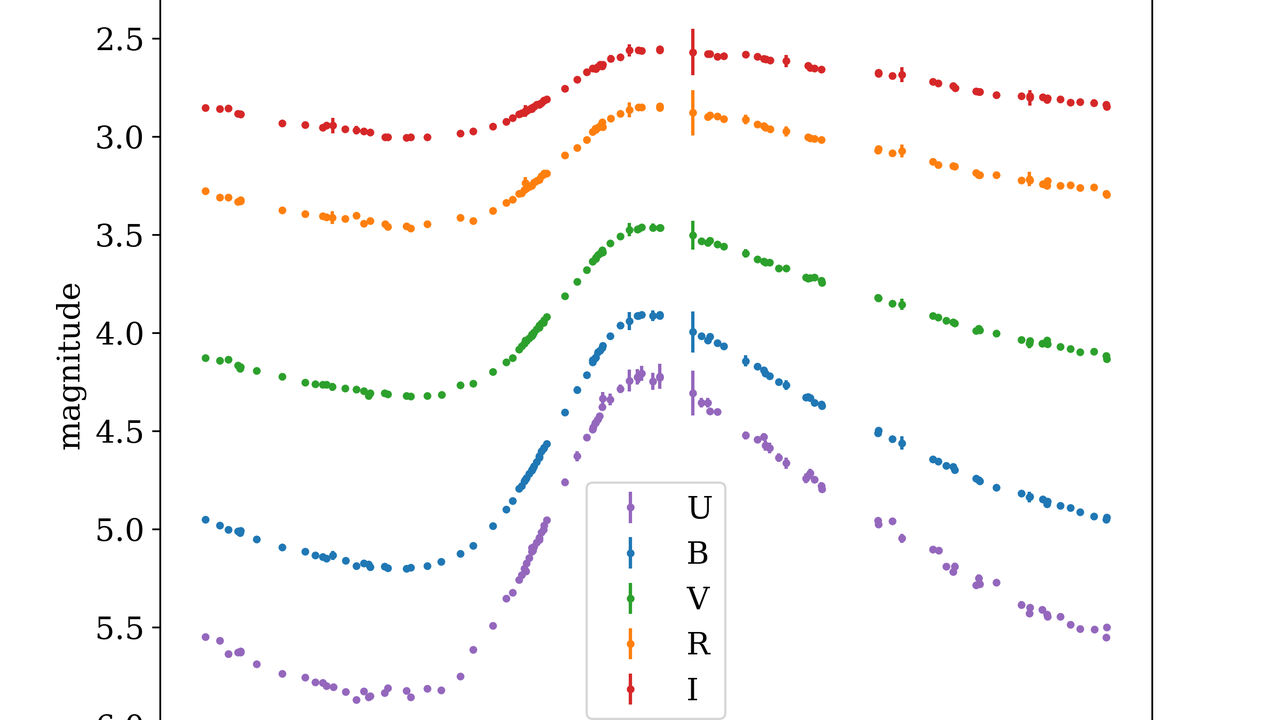
When parallax no longer reaches, astronomers compare observed brightness to an object’s intrinsic luminosity; these photometric or standard-candle methods let us extend distance measurements to clusters, nearby galaxies, and beyond. They crucially depend on calibration—often provided by the geometric techniques above.
Standard candles trade some model dependence for reach: Cepheids and RR Lyrae let us probe external galaxies, while main-sequence fitting places clusters on an absolute scale. The accuracy hinges on good calibrations (parallax anchors), careful treatment of reddening, and understanding of metallicity effects.
Below are four widely used photometric approaches and where they perform best.
5. Spectroscopic parallax (spectral classification + luminosity)
Spectroscopic parallax isn’t geometric. You obtain a star’s spectral type and luminosity class, estimate its absolute magnitude from those properties, then compare to observed magnitude to infer distance (correcting for extinction).
A commonly used tool before extensive parallax catalogs, it remains useful for field stars beyond parallax limits. Typical accuracies run tens of percent—often ~10–30%—and the method is vulnerable to misclassification and uncertain reddening.
As an example, an A0V star with a known absolute magnitude can be placed at a few hundred parsecs with reasonable precision if spectra and extinction estimates are good. Surveys have used this technique to map broad Galactic structure prior to Gaia’s deeper reach.
6. Main-sequence fitting (cluster photometry)
Main-sequence fitting compares an observed cluster color–magnitude diagram to a calibrated main sequence to derive the cluster’s distance modulus. It’s a staple for open clusters and historically important for building the distance ladder.
A famous case is the Pleiades controversy: Hipparcos parallax results conflicted with main-sequence fits (Pleiades ≈135 pc), a tension largely resolved with later Gaia data. Accuracy depends on knowing metallicity and reddening and on solid calibrations from nearby parallax anchors.
Main-sequence fitting remains vital for cluster ages, stellar-evolution tests, and for setting zero points for standard candles like Cepheids.
7. Cepheid variable period–luminosity relation
Cepheid variables pulsate with a period that correlates tightly with intrinsic luminosity—the Leavitt Law, discovered by Henrietta Leavitt in 1912. That relation allowed Edwin Hubble in the 1920s to show galaxies lie far beyond the Milky Way.
Classical Cepheids are luminous enough to be seen in nearby galaxies, often out to tens of millions of light-years, and modern calibrations are anchored to Gaia parallaxes. Cepheids are central to calibrating Type Ia supernova distances and hence the Hubble constant, though metallicity and reddening must be handled carefully.
Reliable Cepheid work requires precise photometry and well-understood period–luminosity zero points; when those are in hand, Cepheids provide a robust rung on the extragalactic ladder.
8. RR Lyrae stars and other variable-star standard candles
RR Lyrae variables are lower-luminosity pulsators common in old populations; their absolute magnitudes are fairly uniform, so they serve as standard candles for the Milky Way and nearby dwarf galaxies.
As a rule of thumb, RR Lyrae have V-band absolute magnitudes near +0.6, making them useful out to distances of order a megaparsec in ideal cases, and excellent for globular-cluster and halo mapping. Metallicity affects their absolute magnitude, however, so corrections are required for precise work.
RR Lyrae help date ancient populations and provide cross-checks on Cepheid-based distances within the Local Group.
Precision and specialized methods
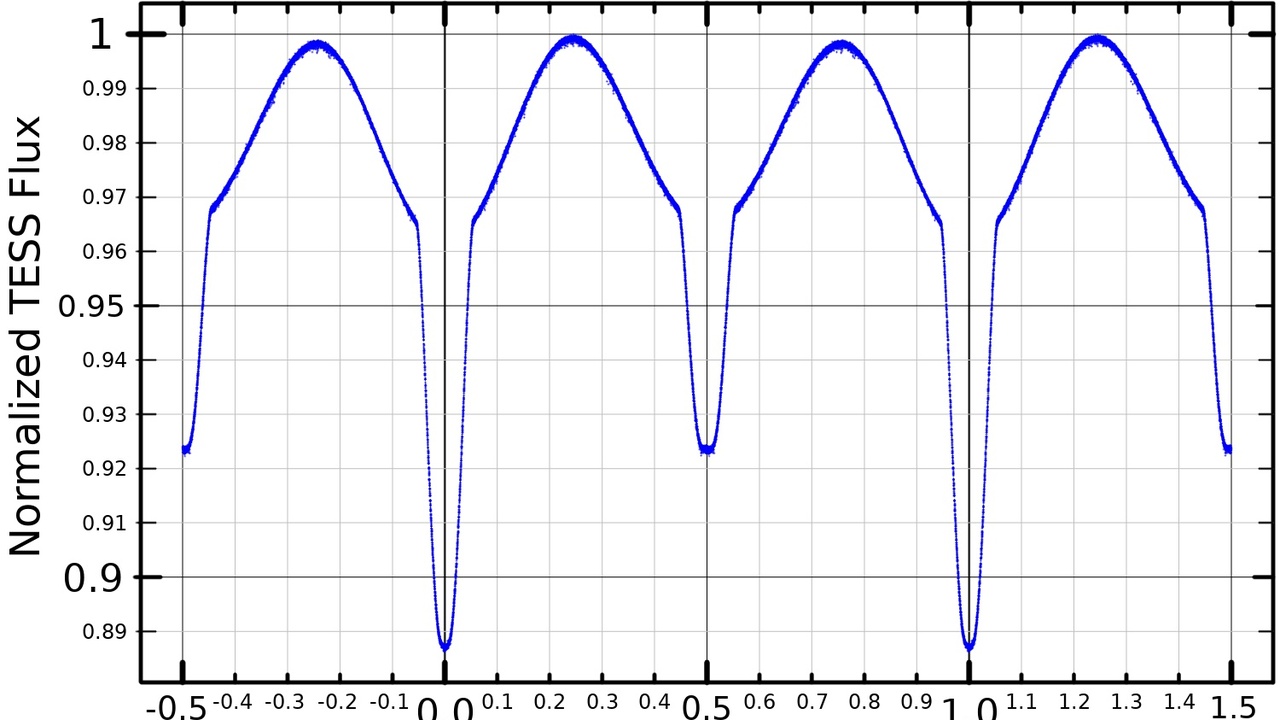
Some techniques are narrow in scope but extremely precise. They’re used when percent-level accuracy is required or when they can act as calibration anchors for other methods. These approaches typically need rich datasets—radial velocities, multiwavelength photometry, interferometry, or long time-series photometry.
Two such methods are detached eclipsing binaries and a pair of complementary precision approaches—maser VLBI and asteroseismology. Each plays a niche but critical role in modern astrophysics.
Below are descriptions of the two final, high-precision methods and examples of their impact.
9. Detached eclipsing binaries (geometric and model-independent)
Detached eclipsing binaries let astronomers measure orbital geometry and stellar radii directly. Combining radii, effective temperatures, and observed flux gives absolute luminosities and therefore distance with modest model dependence.
When high-quality light curves and radial velocities exist, distances to systems in the Large Magellanic Cloud were measured to roughly 2–3% precision, producing a well-constrained LMC distance modulus near 18.49 mag. Such results help nail down Cepheid zero points and test stellar-evolution models.
The drawback is applicability: only suitable eclipsing systems yield these clean geometric constraints, and they require multiwavelength data and careful modeling to reach percent-level accuracy.
10. Masers, VLBI, and asteroseismology (precision geometric and model-based techniques)
Two complementary precision routes deserve grouping. First, masers observed with VLBI resolve compact spots and provide trigonometric parallaxes and proper motions with very high precision—sometimes reaching tens of microarcseconds. The NGC 4258 megamaser distance (used in H0 work) is a prime example.
Second, asteroseismology (from missions like Kepler and TESS) measures stellar oscillation modes to infer radii and masses precisely. Those parameters combined with observed flux lead to distance estimates; asteroseismic radii are often accurate to a few percent for solar-like oscillators.
Together, VLBI masers and asteroseismology provide geometric anchors and model-based precision for exoplanet host characterization, local Galactic structure, and calibrating broader distance methods.
Summary
- Parallax remains the gold standard: from Bessel’s 1838 measurement of 61 Cygni to Gaia (launched 2013, DR3 ≈1.8 billion sources), geometric distances set the foundation for everything else.
- Standard candles—main-sequence fitting, Cepheids (Leavitt’s law), and RR Lyrae—extend reach well beyond parallax but depend on geometric calibration and careful treatment of reddening and metallicity.
- Specialized techniques (detached eclipsing binaries, maser VLBI, asteroseismology) deliver percent-level distances for selected systems and anchor the distance ladder used for extragalactic work and precise exoplanet measurements.
- If you want to try this yourself, check Gaia catalogs or simple parallax calculators to explore nearby stars and get an intuitive feel for how astronomers turn tiny angles into physical distances.
Enjoyed this article?
Get daily 10-minute PDFs about astronomy to read before bed!
Sign up for our upcoming micro-learning service where you will learn something new about space and beyond every day while winding down.

